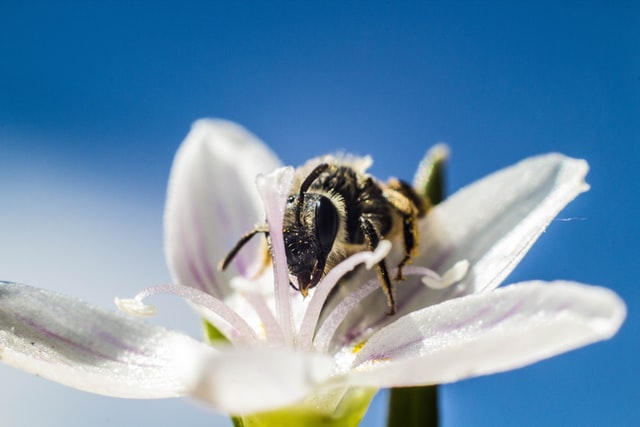
Pollination is the method of transferring pollen from the male anthers to the stigma or receptive surface of the gynoecium. The process results in fertilisation which produces seeds and, in some cases, fruits. It is the vital input in the cycle of the marketable goods of numerous crops and makes a considerable impact on production. It is the method that assists to integrate the male and female gametes and leads to help in fertilisation. Particularly, Pollination by animals, in particular, is an essential component in worldwide agricultural economies by raising crop productivity and profits.
The pollinators are Bees, Flies, Beetles, Birds, bats, butterflies, moths, wasps, small mammals. They place themselves on flowers to drink nectar or feed off of pollen and ferry pollen grains as they shift from one place to another. For every one out of every three bites of food, they have their schedule to bring those to us. They survive our ecosystems and produce our natural resources by assisting plants reproduce. They offer pollination services to more than 180,000 different plant species and over 1200 crops.
Procedure of pollination
Its process starts when the pollen grains from the particular flowers visit the stigma and become a pollen tube with the style length, which links both the stigma and ovary. After the accomplishment of the pollen tube, the pollen grain begins sharing sperm cells from the grain to the ovary. After some time, fertilisation in plants occurs when the sperm cells place at the ovary and egg cells. The seed comes out from the parent plant enabling it to flourish into a plant and continue reproductive production with the use of the pollination approach.
What are pollen grains?
They are small micro spaces characterised as the micro-gametophytes produced within the male part of the plant called the anther.
What are the Pollinating Agents?
The agents which are included in transferring the pollen grains from one flower to another flower are referred to as Pollinating Agents. Some of the examples are animals, birds, insects, wind and other biotic and abiotic agents.
Types of pollination
- Self-pollination: It primarily manages only one flower. When pollen grain from the male part of the flower falls directly on the stigma which is the female part of the same flower then fertilisation takes place. Examples: wheat, tomatoes, rice, peanut, etc.
- Cross-pollination: Also known as xenogamy, here the transfer of pollen grain occurs from the anther of one flower to the stigma of another flower. Some of the examples are Lavender, Apple, Strawberry, etc. Plants have different adaptations to complete the activity. Moreover, flowers bank on some pollinating agents which can either be biotic or abiotic.
Where do pollinators live?
The habitat of Pollinators depends on the pollinator and their production stages. For instance, bees can use mud, leaves, sand, plant resins and even renounce snail shells for their nests, while many butterfly larvae live and feed only on one particular plant. They also require a foraging habitat with unique nectar-offering plant species.
Activities performed by humans like farming, housing development, and road construction can shatter a pollinator’s habitat, disassociating where the pollinator lives from where it forages for food. Pollinator habitats need to be within the boundaries of food and clean, shallow water.
How can one help Pollinators?
One can assist pollination by making an amicable pollinator habitat with no aesthetics at loss. Comprise diversity to the landscape with a good tapestry of native plants that developed with local pollinators and grow under the harsh situations in your region. Visiting a local extension office to research the best plants could also be one of the ways to help them.




